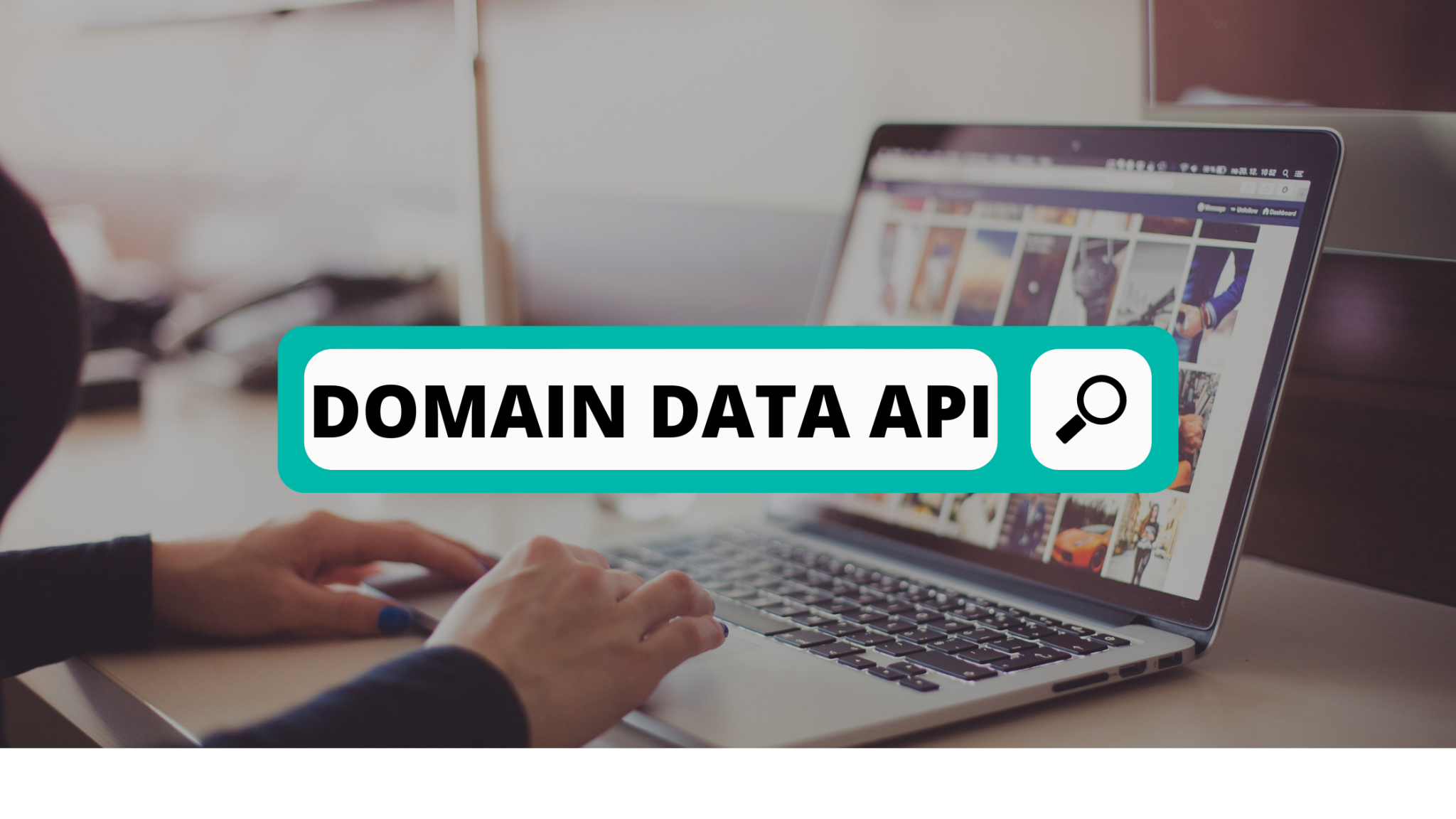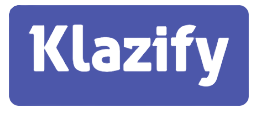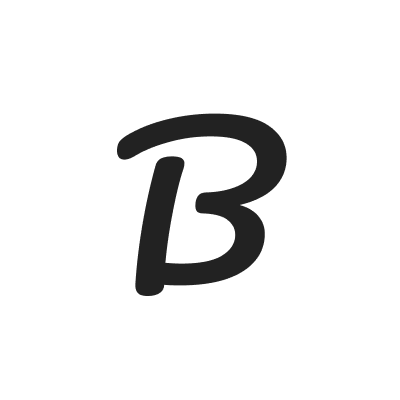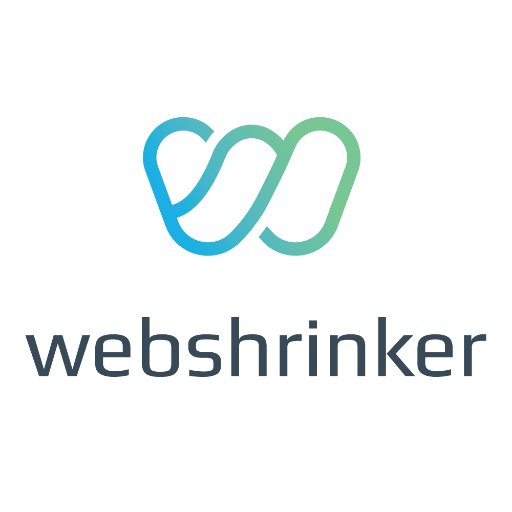Are you looking for the best alternative To Whoisxmlapi to get domain data? Try these helpful tools.
Whoisxmlapi has gathered, evaluated, and correlated domain, IP, and DNS data for a more secure and transparent Internet for more than ten years.
This platform includes domain/IP/DNS data feeds, APIs, web tools for study and monitoring, and cyber threat information. Over a decade of data, the aggregation has yielded 7+ billion historical WHOIS records across 2864+ TLDs and ccTLDs, 2.3+ billion domains and subdomains, 9.5+ million IP netblocks, 99.5 percent of all IPs in use, and 500 billion historic DNS lookups.
All types of security businesses, enterprises, and specialists can use WhoisXML products and intelligence sources to enable next-generation cybersecurity procedures and as a building block for extensive online crimes investigations.
It also collaborates with domain registries/registrars, domain investors/brokers, marketing researchers, big-data warehouses, online analytics organizations, investment funds, venture capital firms, and SMBs with a digital footprint, among others.

You can use it to identify all the domain names that match a specific search word, such as a person’s or company’s name, phone number, email address, or any other WHOIS record detail.
However, some users complain about this platform doesn’t satisfy their expectations. But you don’t have to be worried! Fortunately, there are some outstanding alternative tools that might meet your goals.
1- Klazify
Klazify is a website classification and customer data API that analyzes a website’s content and meta tags using Natural Language Processing (NLP) and a Machine Learning Engine. This API connects to a specific site or URL, retrieves data, and then categorizes it into over 385 categories using the IAB V2 Standard Classification taxonomy for one-to-one personalization.
Thanks to Klazify‘s domain classification, customers may easily offer services like Internet filtering, subscriber statistics, advertising networks, and fraud prevention. Keep in mind that Klazify accepts both base domain and entire path URLs when pasting URLs. The domain name and top-level domain (TLD) are the first, while the second is domain-specific and enables for in-depth investigation and classification of online information in a given region.
2- Brandfetch
Brandfetch is a cloud that designers, developers, media professionals, and others use to locate all of a brand’s assets. In a couple of seconds, it can uncover any company’s corporate identity.
It’s also really simple to use: just enter in a brand name or URL on the home page. The brand’s logos, colors, primary typography, and associated pictures will then be retrieved.
3- Webshrinker
Webshrinker will go to the desired domain or URL, retrieve its content, then assign categories based on one of two taxonomies before going through threat detection (native-Webshrinker classification or IAB taxonomy). As a result, the URL or domain can now be assigned to a specific bucket, depending on the taxonomy you’re using. The Screenshot API service also captures and makes available a screenshot of the destination in a real browser (such as Chrome or Firefox).
Webshrinker is extremely good at detecting phishing sites, especially ones that seem like financial sites. This is when Webshrinker’s image analyzing skills come in handy. As the material is evaluated, the algorithm assigns different score values to different areas of the material. If these score values are low, the algorithm is certain that the data is authentic and neither phishing nor deceptive. If they’re too high, the program will flag the data as inaccurate.




